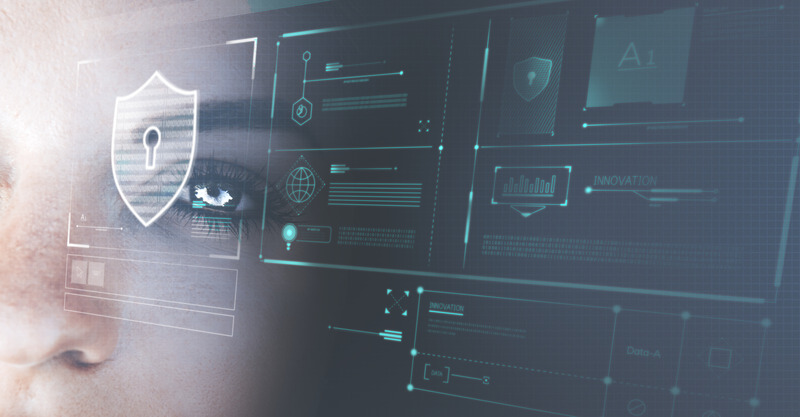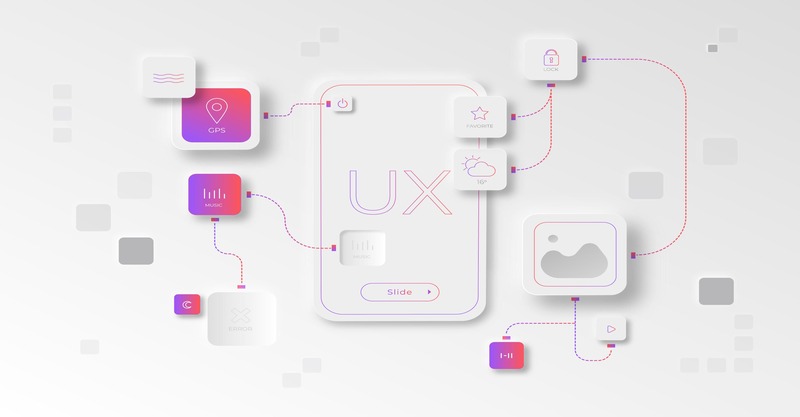In today’s rapidly evolving digital landscape, cybersecurity has become a top priority for IT companies. With the increasing number of cyber threats, from ransomware to phishing attacks, safeguarding sensitive data is crucial for maintaining trust, compliance, and business continuity. Below are some essential cybersecurity best practices that IT companies should adopt to protect their systems and information.
Conduct Regular Risk Assessments
A proactive approach to cybersecurity begins with understanding the specific risks an organization faces. Regular risk assessments help identify vulnerabilities, gaps in security controls, and potential threats. By evaluating the likelihood and impact of different security risks, IT companies can prioritize resources and implement measures to mitigate these risks effectively. This includes reviewing existing security protocols, testing for weaknesses, and staying updated on emerging cyber threats.
Employee Training and Awareness
Employees are often the first line of defense against cyber threats, which is why ongoing training is essential. IT companies should educate their staff on the latest phishing techniques, social engineering attacks, and safe browsing practices. Ensuring that employees are familiar with proper password management, data handling procedures, and how to recognize suspicious emails or links can greatly reduce the likelihood of a breach. Regular awareness programs and simulated phishing exercises can reinforce good security habits and help employees stay vigilant.
Implement Strong Security Protocols
Robust security protocols are the backbone of any IT company’s cybersecurity strategy. This includes deploying multi-layered security defenses such as firewalls, antivirus software, and intrusion detection systems. Ensuring that all software and systems are regularly updated and patched is also critical, as outdated software is one of the primary targets for attackers. Strong encryption techniques should be used for data at rest and in transit to prevent unauthorized access.
Additionally, access controls must be implemented to limit employees’ access to sensitive data based on their roles. Employing the principle of least privilege ensures that users have only the permissions necessary to perform their tasks, reducing the impact of potential security breaches.
Backup and Disaster Recovery Planning
No matter how strong a company’s cybersecurity defenses are, there is always a risk of a breach. Therefore, IT companies should implement comprehensive backup and disaster recovery plans. Regularly backing up critical data ensures that, in the event of a cyberattack or system failure, the company can quickly recover operations with minimal downtime. Backups should be stored securely, preferably off-site or in the cloud, and regularly tested for integrity.
Adopt a Zero Trust Model
A zero-trust security model assumes that every attempt to access the network, whether inside or outside the organization, is a potential threat. This model requires continuous verification of user identity, device health, and authorization before granting access to sensitive resources. By enforcing strict authentication and authorization protocols, such as multi-factor authentication (MFA), IT companies can minimize the risks associated with insider threats and unauthorized access.
Monitor and Respond to Security Incidents
Continuous monitoring of network traffic and user activity is essential for detecting and responding to potential security incidents in real-time. Implementing Security Information and Event Management (SIEM) tools can help identify unusual patterns and potential threats, allowing IT companies to respond swiftly before an attack escalates. A well-established incident response plan ensures that teams can contain and mitigate any threats promptly while minimizing damage.





